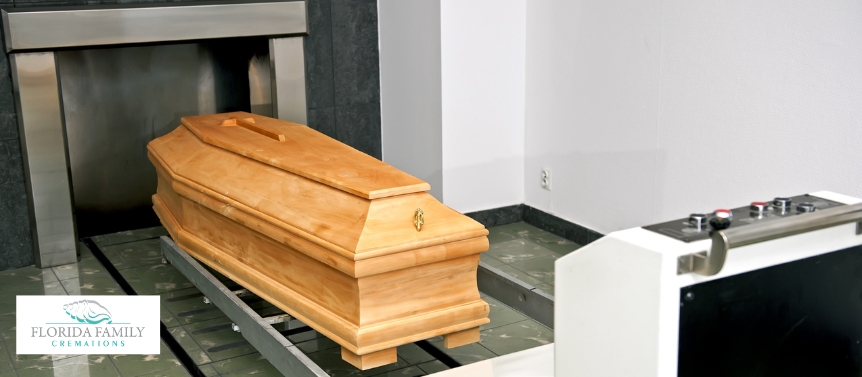Which Body Parts Don’t Burn During Cremation?
Have you ever held cremated remains in your hand? If so, you may have noticed that the ash doesn’t feel as fine as wood ash. Instead, it’s coarse, like sand, and a bit heavier. That’s because some body parts don’t burn during cremation and require an additional procedure to reduce them to ashes. So, which part of the body does not burn during cremation?
We’ll look at that. But first, here’s what you should know about the cremation process:
How Cremation Works
Unlike traditional burial, where the body takes years to decompose, cremation incinerates the body instantly. Before cremation, the crematorium’s staff prepares the body by removing jewelry and any external implants. They also remove devices like pacemakers because they have batteries that can explode during cremation.
After preparation, they put the body inside a cremation chamber, where the heat can go up to 1,800 degrees Fahrenheit. Depending on the temperature and the body size, the process can last two to five hours. During that process, some body parts will completely burn, while others will withstand the heat.
The Body Parts That Burn During Cremation
More than half of the human body is water that is trapped in body tissues and blood. During cremation, all the water evaporates. The high temperature in the cremation chamber consumes all soft tissues, including skin, muscles, hair, and organs. These parts evaporate as carbon dioxide.
That means they won’t become part of the ashes. If you receive black ash, that indicates some soft tissues were not fully consumed. Otherwise, a complete cremation leaves gray ashes.
Here’s what the gray ashes contain:
The Body Parts That Don’t Burn During Cremation
As hot as the cremation chamber is, it doesn’t destroy the bones. Most crematoriums use temperatures between 1,400 and 1,800 degrees Fahrenheit. And bones start to break down at temperatures of 1,100 degrees Celsius or 2,012 degrees Fahrenheit.
Parts of the human teeth also survive the cremation process. The inside part has a soft pulp that evaporates under intense heat. But the hard outer shell and the enamel may withstand the high temperature.
During cremation, the heat destroys the muscles that join the bones. So at the end of the process, you’ll have bone fragments. These fragments are usually too large to put in a cremation urn. So an additional process is needed to grind them into ash. The grinding process may not produce smooth ash. That’s why cremated remains feel coarse.
Also, human ashes are quite heavier than wood ashes because bones have more density. But the actual weight of the ashes will depend on the height and age of the deceased. Taller people have longer bones and produce more ashes, while children and older people have less dense bones. Notably, being overweight doesn’t lead to more ashes because all the fat burns during cremation.
Sometimes, a body may have artificial implants placed during cremation.
Here’s what happens to them:
What Happens to Body Implants During Cremation?
Some implants can be prosthetics, meaning they replace missing body parts. Others help monitor or support body organs. Before cremation, only external implants and those that pose a risk to the cremation process are removed. Breast implants and artificial hips are cremated with the body.
Implants and prosthetics can survive the cremation process, depending on their materials. Silicon breasts burn in the heat. But metallic parts survive the process. So after the cremation, metal implants, such as gold fillings, titanium, and cobalt alloys, are left. The crematorium staff uses powerful magnets to remove the metal from the bone fragments. That means the ashes you receive don’t contain metal parts, just the bones. That said, where do these metals go?
Family members can claim them. And if they don’t, the metals are usually donated or taken for recycling. Some charitable organizations recycle them and give them to developing countries where people would otherwise be unable to afford them.
Final Word
The cremation process doesn’t destroy all parts of the body. It only consumes all the soft tissues, leaving behind bones and parts of the teeth. These bones are processed into a fine powder, making up cremated remains. If the deceased had metal implants, these too survived the cremation heat but aren’t included in the ashes.
If you’d like to know more about cremation, Florida Family Cremations is here to help. We offer affordable cremation services in Clearwater, Florida. Our packages include direct/simple cremation and veterans’ services, with the option of prepaying for cremation.

